| Structure | Name/CAS No. | Articles |
|---|---|---|
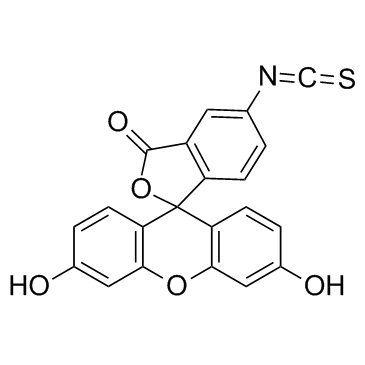 |
Fluorescein isothiocyanate
CAS:3326-32-7 |
|
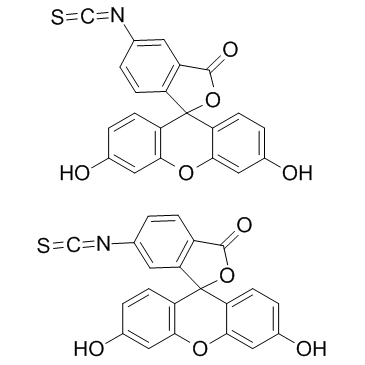 |
fluorescein 5-isothiocyanate
CAS:27072-45-3 |
|
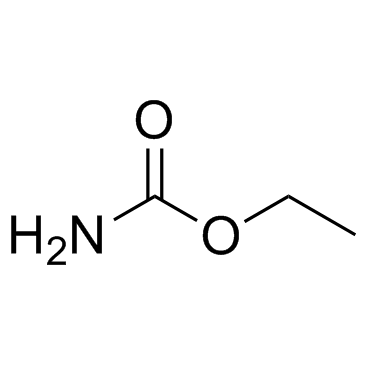 |
Urethane
CAS:51-79-6 |
|
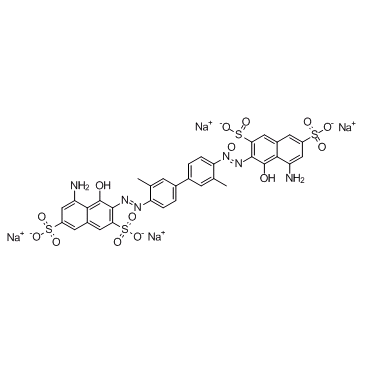 |
Direct Blue 14
CAS:72-57-1 |
|
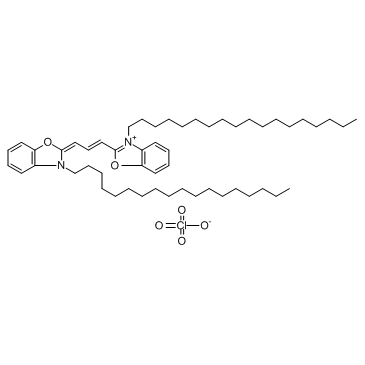 |
3,3'-Dioctadecyloxacarbocyanine perchlorate
CAS:34215-57-1 |